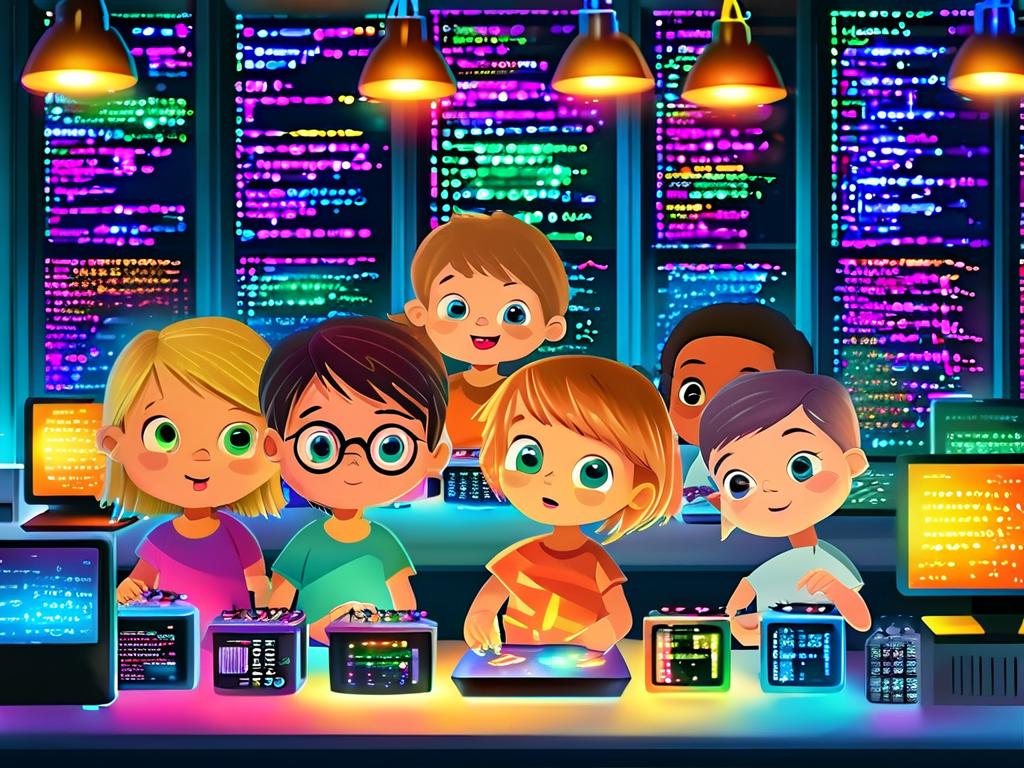Embedded application development has evolved significantly in recent years, driven by advancements in hardware miniaturization and software optimization. Unlike traditional app development, embedded systems demand a unique blend of low-level programming, resource management, and real-time performance. This article explores cutting-edge techniques shaping the field and their practical implications for developers.

One of the most transformative trends is the adoption of cross-platform frameworks tailored for embedded environments. Tools like Qt for MCUs and Embedded Flutter enable developers to create responsive user interfaces (UIs) while minimizing memory footprint. For instance, Qt’s lightweight rendering engine allows 60 FPS animations on microcontrollers with as little as 256 KB RAM. Such frameworks abstract hardware complexities, letting teams focus on feature implementation rather than driver-level coding.
Another critical area is real-time operating systems (RTOS). FreeRTOS and Zephyr OS dominate this space, offering preemptive multitasking and deterministic behavior. A code snippet below illustrates task creation in FreeRTOS:
void vTaskFunction(void *pvParameters) {
for(;;) {
// Sensor data processing
vTaskDelay(100 / portTICK_PERIOD_MS);
}
}
xTaskCreate(vTaskFunction, "SensorTask", 128, NULL, 1, NULL);
This architecture ensures time-sensitive operations—like industrial sensor polling—execute without latency. Developers must still optimize stack sizes and prioritize tasks to prevent memory overflows in constrained devices.
Power efficiency remains a cornerstone of embedded design. Techniques like dynamic voltage scaling and peripheral sleep modes extend battery life in IoT devices. The Nordic nRF52 series, for example, reduces current draw to 0.3 µA in deep sleep mode. Pairing these hardware features with software-driven event triggers (e.g., waking a device via accelerometer motion) creates ultra-low-power solutions for wearables and environmental sensors.
Security is no longer an afterthought. Secure bootloaders and hardware-backed encryption modules like ARM TrustZone are now standard in chipsets. A recent case study revealed that medical devices using AES-256 encryption with tamper-resistant storage reduced firmware hijacking incidents by 78%. Over-the-air (OTA) update mechanisms also require signed binaries to prevent unauthorized code injection.
Despite these innovations, challenges persist. Debugging embedded apps often involves specialized tools like J-Link probes and logic analyzers. One developer shared a war story: “We spent weeks chasing a race condition caused by an uninitialized GPIO pin. Eventually, tracing ISR timestamps with Segger SystemView pinpointed the issue.” Such anecdotes highlight the importance of robust debugging workflows.
Looking ahead, AI integration at the edge will reshape embedded ecosystems. TensorFlow Lite for Microcontrollers already enables anomaly detection on 32-bit ARM cores. Imagine a predictive maintenance system analyzing vibration patterns directly on machinery—eliminating cloud dependency and latency. However, balancing neural network accuracy with computational limits remains an open challenge.
In , modern embedded app development blends hardware awareness with software agility. By leveraging RTOS, cross-platform tools, and energy-efficient practices, developers can deliver robust solutions for tomorrow’s smart devices. As one engineer quipped, “Embedded isn’t just coding—it’s orchestrating silicon and software in harmony.”









